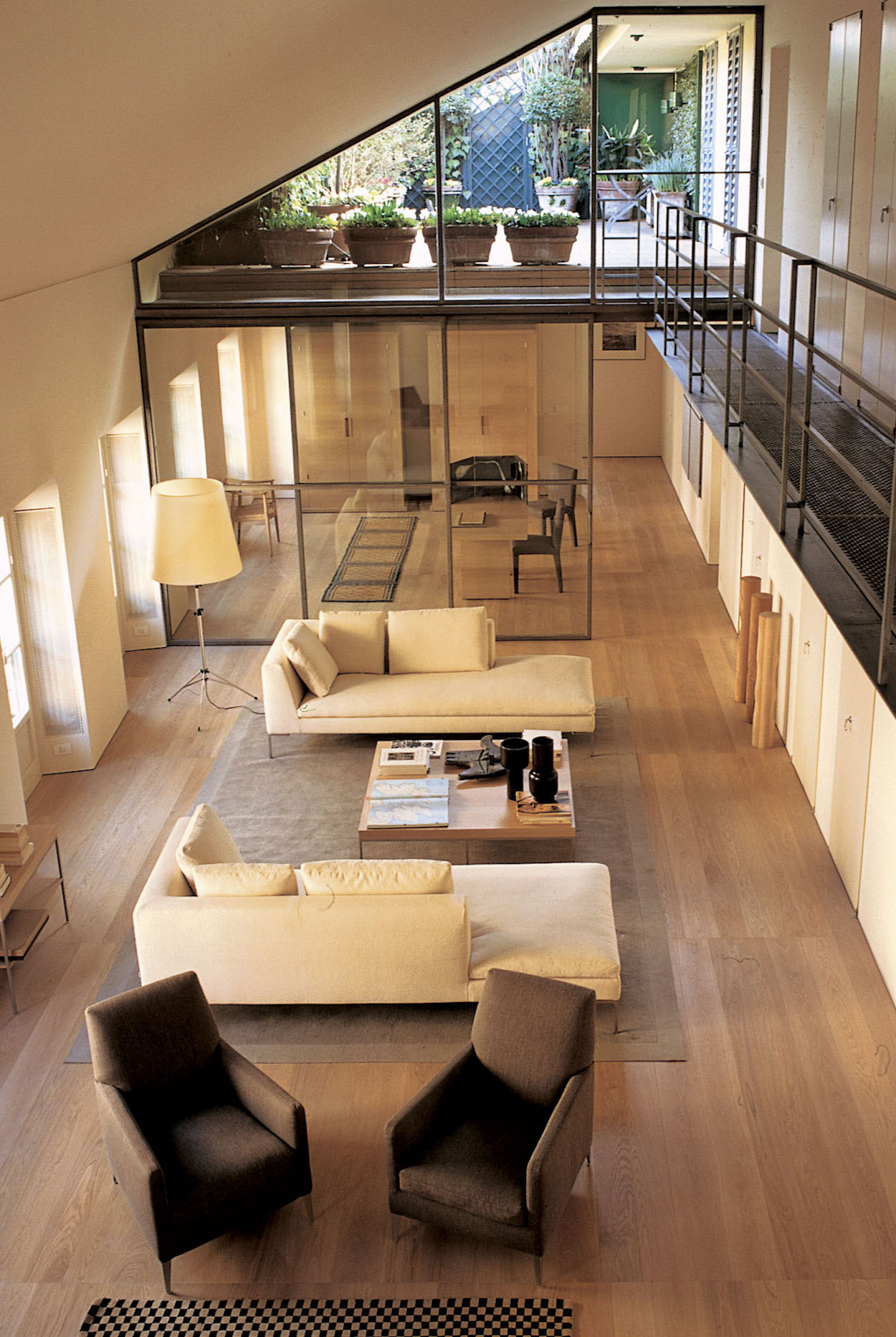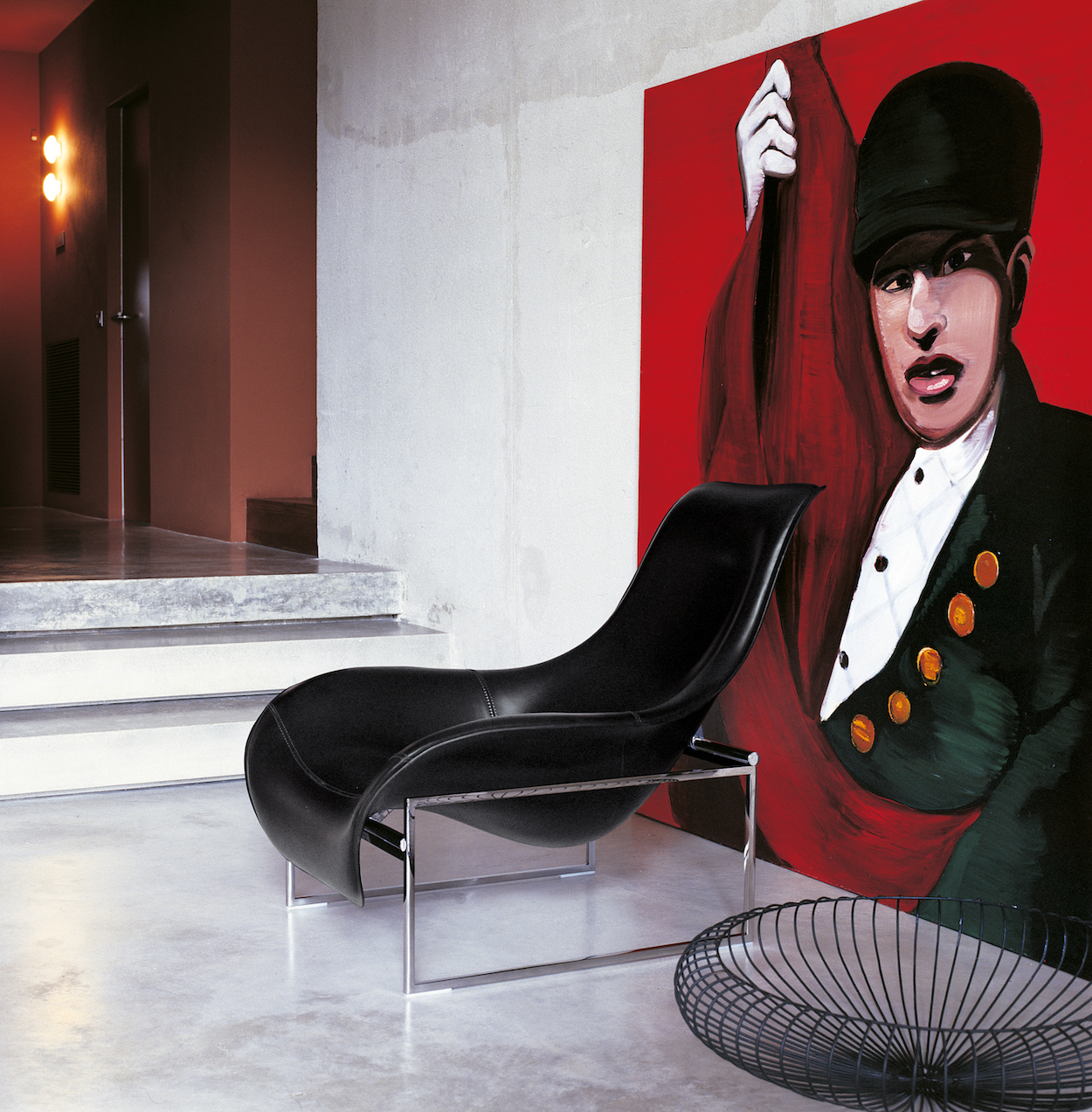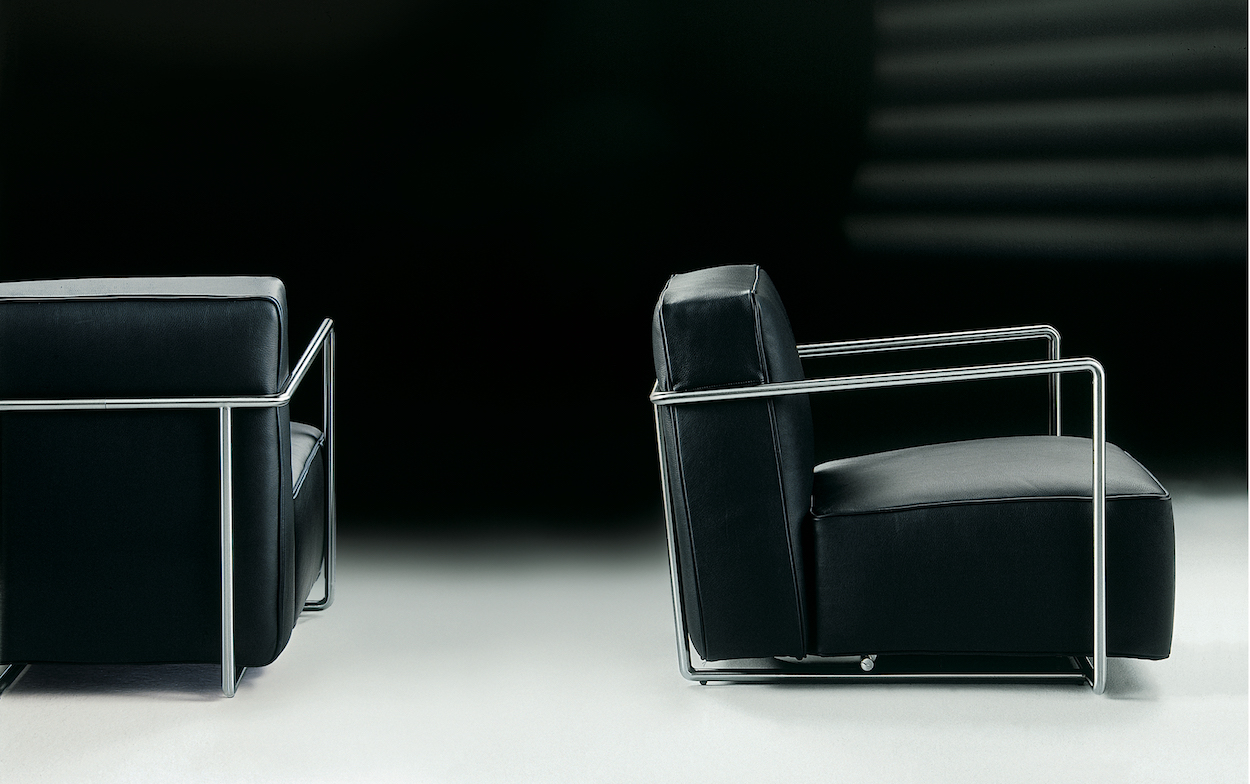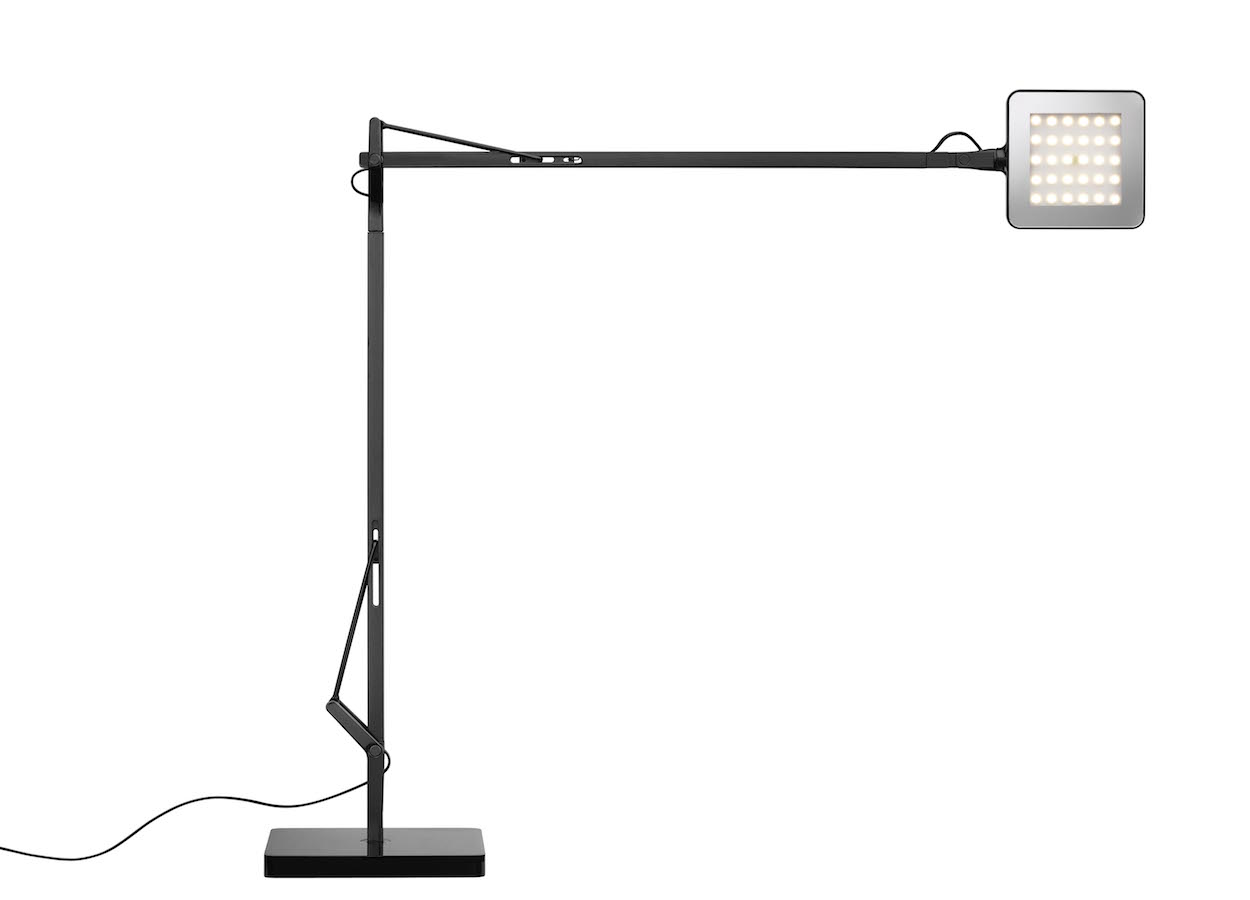You can thank Antonio Citterio for having created many of the most renowned designs of the last 40 years, including Kartell’s Batista trolley (1991), B&B Italia’s Charles sofa (1997), Vitra’s AC4 task chairs (2008), and Flos’s Kelvin LED task light (2009). Now, the architect and designer is putting his most iconic works all under one roof in a monthlong exhibition at Luminaire’s Chicago showroom. We met up with Citterio during the city’s NeoCon design showcase this week to discuss what’s on his mind, including his vision for a total overhaul of city living in the years to come.
Antonio Citterio Thinks Your Bottled Water Is the Worst
The legendary Italian designer wants to make the world a better place, one sustainable design at a time.
Interview by Spencer Bailey June 15, 2017
I wanted to start this conversation with the Charles sofa, which you designed for B&B Italia twenty years ago. What do you think has allowed it to stay so timeless and relevant?
Why I came up with this design—you won’t believe it. My living room is narrow and very long. I put a sofa in the space, but it didn’t fit. I knew I had to cut a bit off the back to open the room up. This somehow became one of the biggest sofa products in the world and the best-selling sofa at B&B.
Sometimes, my design is just intuition. The original idea of this typology was done in 1986 with B&B’s Sity—something extremely innovative on the market. Before Sity, sofas were essentially just three armchairs combined. There were exceptions, like Noguchi’s Freeform sofa, but Sity was really the first sofa with multiple functions and depths. The Charles was the continuity of Sity, but trying to be a little bit more elegant and light, with thin cushions.

How has your own firm evolved over the past twenty years?
After 2000, my office became a company. Now I’m doing more architecture than design—I have just one designer and ninety architects—it’s a completely different operation. Design is still an important part of my job, but it’s not the main job.
We’re doing six high-rises in the Far East, and I’m starting to do them in America, too. We’ve opened an office in New York. I have a project in Miami, and there may be one in New York. I’m doing several hotels. Some of the buildings we’re doing have as many as 1,250 units.
Wow, that’s a massive scale.
Apartments are becoming smaller and smaller. Every week, little “cities” for 500,000 people are getting built around the world—that’s how much housing is getting made. This will be the case for the next twenty years. We’re going from seven billion to nine billion people, and that means that every week we need to build 500,000 units. This is not the future; this is the reality.
To grow with high-rise buildings, and to reduce the dimension of the apartments, is necessary. This reduction is a new typology. What’s happening in the Far East right now is that the apartment has more or less become just a bedroom. The kitchens and other spaces are becoming shared spaces on the first ten floors. You don’t invite people to your apartment—you invite them into these shared spaces in your building.

As cities become bigger and the world more populated, do you feel the need to take a moral or ethical position as an architect and designer?
All design should be done for quality of life. Design isn’t just a statement—it should be something more.
If you could have your way, what would be your dream scenario for the world?
The world needs to survive, and with the consumption of energy and pollution and temperatures rising, we have to act. The next twenty years are so important for our kids—it will be a problem if we don’t solve this. Designers have thought about globalization in terms of production, and I think there’s something wrong in this idea. To produce something in the U.S., send it to China, and then have it come back here to sell is not right. We especially need to reduce plastic elements. It’s incredible how there’s a plastic island in the ocean, which has become food for fish. This is a real problem, the plastic being in the cycle of nutrition.
In my case, to do timeless products is about having a vision of consumption itself. To do something fashion-trendy is so …
Here today, gone tomorrow.
Exactly. If you do something right, you can pass it down to your son or daughter. Maybe you change out the fabric once, but the product stays the same. More and more now we’re working around recycling, or keeping the product on the market—or at home—for more than just a few years.
It’s the idea of anti-disposability.
In my point of view, this is the most important thing about our role as designers and architects. If you’re not positive, you can’t do architecture or design.
Yes, but you also have to be realistic and pragmatic.
It’s impossible for a single professional to resolve these problems. But if everybody does something, we can make a difference. It’s about shifting attitudes.
Take this [points to a bottle of San Pellegrino water on a table]. The question is, what does it take to create this bottle of water? You have an aluminum cap you can’t destroy, and this plastic ring around it, which becomes part of the waste we find in our oceans. And you have the paper label. Fortunately, you can recycle the glass. But how much energy we spend for a little glass of water! Do you know how much energy it takes to produce aluminum? It’s enormous. The energy it takes to produce the aluminum of a Coca-Cola can is a nightmare. Or consider when you shave: A plastic box of Gillette razors—forget about it!

Packaging is one of the worst problems in the world. If you’re a designer of packaging, you used to think about a nice design. Now we have to start to think, what does packaging something even mean?
So you see design, if done right, as a primary tool to solving the world’s problems?
It’s not just design. If everybody—magazines, factories, designers, politicians—understands the idea of sustainability, it could make a difference.
Too few manufacturers are thinking about the endpoints of their products.
At Vitra, we’re thinking about exactly this: What happens to the products at the end of their life? And then, from there, you start the process. It’s a completely different approach.
It’s asking how a product ends in order to find its beginning.
Exactly. It was the same for a plastic chair I did last year for Kartell. This new plastic material we used is biodegradable. If you put it in the ground, in twenty to thirty years, because it’s a vegetable plastic—it’s not from gas—it will biodegrade.
More companies need to think like this. For me, the example of bottled water is really the worst. Why do I need to drink water from Italy, with a little gas in it, in Chicago? It doesn’t make any sense.
Read our interview with Philippe Starck, hosted at Haworth’s showroom during NeoCon »